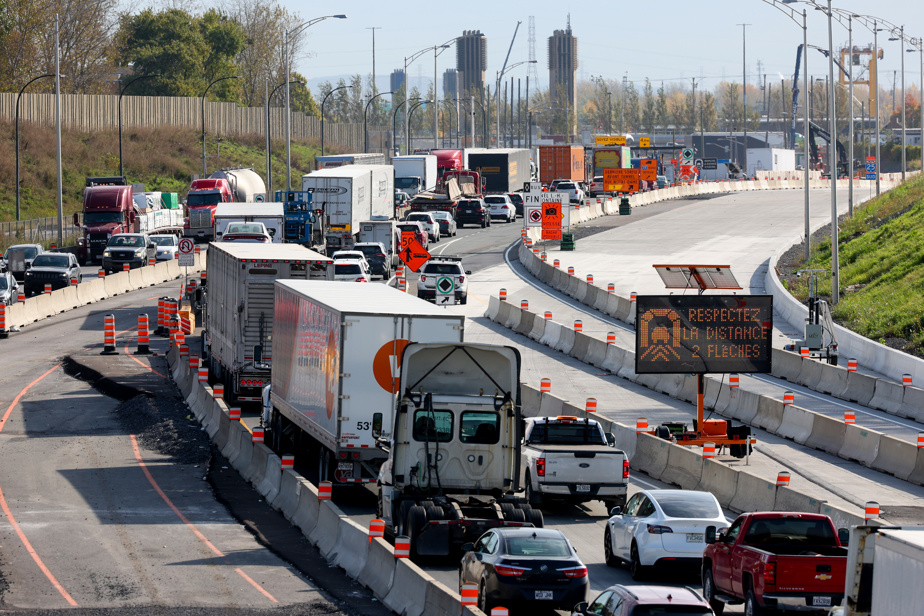The Ministry of Transport announced Monday that the repair site of the Louis-Hippolyte-La Fontaine tunnel in Montreal will now be monitored in both directions by a mobile photo radar. This sector is already the most lucrative for photo radars, according to data from the Ministry of Justice.
According to the Ministry of Transport and Sustainable Mobility (MTQ), outside rush hours, some motorists do not respect the 50 km/h limit set at all times in the construction zone.
“This initiative aims to ensure the safety of road users and workers,” the MTQ said in a press release Monday.
The new mobile photo radar will be indicated upstream by a sign – the same pictogram used elsewhere on the road network will be used, on an orange background.
An offense related to photo radar does not result in any demerit points, recalls the MTQ. On the other hand, the amount of the fine is doubled when the offense is committed in a road work zone.
Millions in fines
The Louis-Hippolyte-La Fontaine tunnel site is already the most lucrative sector for photo radars. Since the installation of a mobile device on Highway 25, no less than 22,631 drivers have received a ticket, for a total of 9.8 million, data from the Ministry of Justice reveal.
The amount collected by Quebec is particularly high because drivers are caught driving well above the limit, which was lowered to 50 km/h during work in the tunnel. The average fine in the construction site is in fact $433, three times that of other devices.
For comparison, the new radar installed in Quebec on the Dufferin-Montmorency highway handed out no less than 68,000 tickets in one year, which generated 9.6 million in revenue.
Quebec announced last year that it wanted to rely more and more on photo radars to try to slow down traffic. For the moment, the devices have mainly made it possible to generate significant income. These in fact brought in nearly 75 million dollars in 2023, significantly more than the 63 million collected in 2022.
